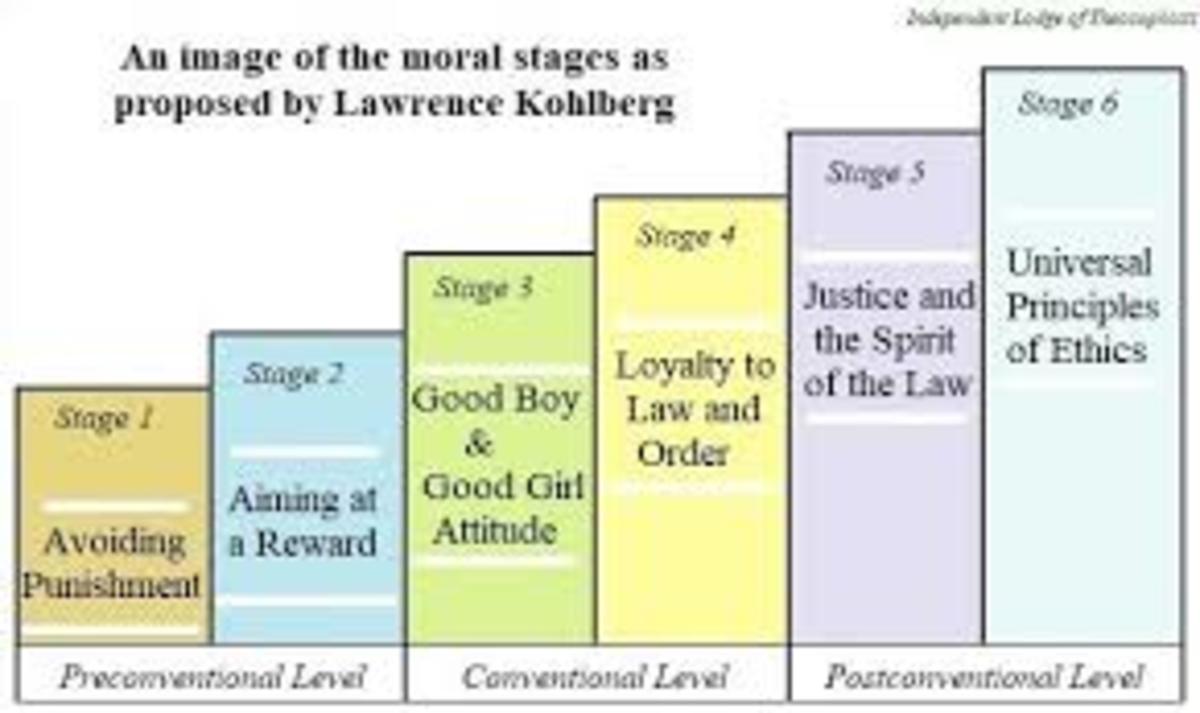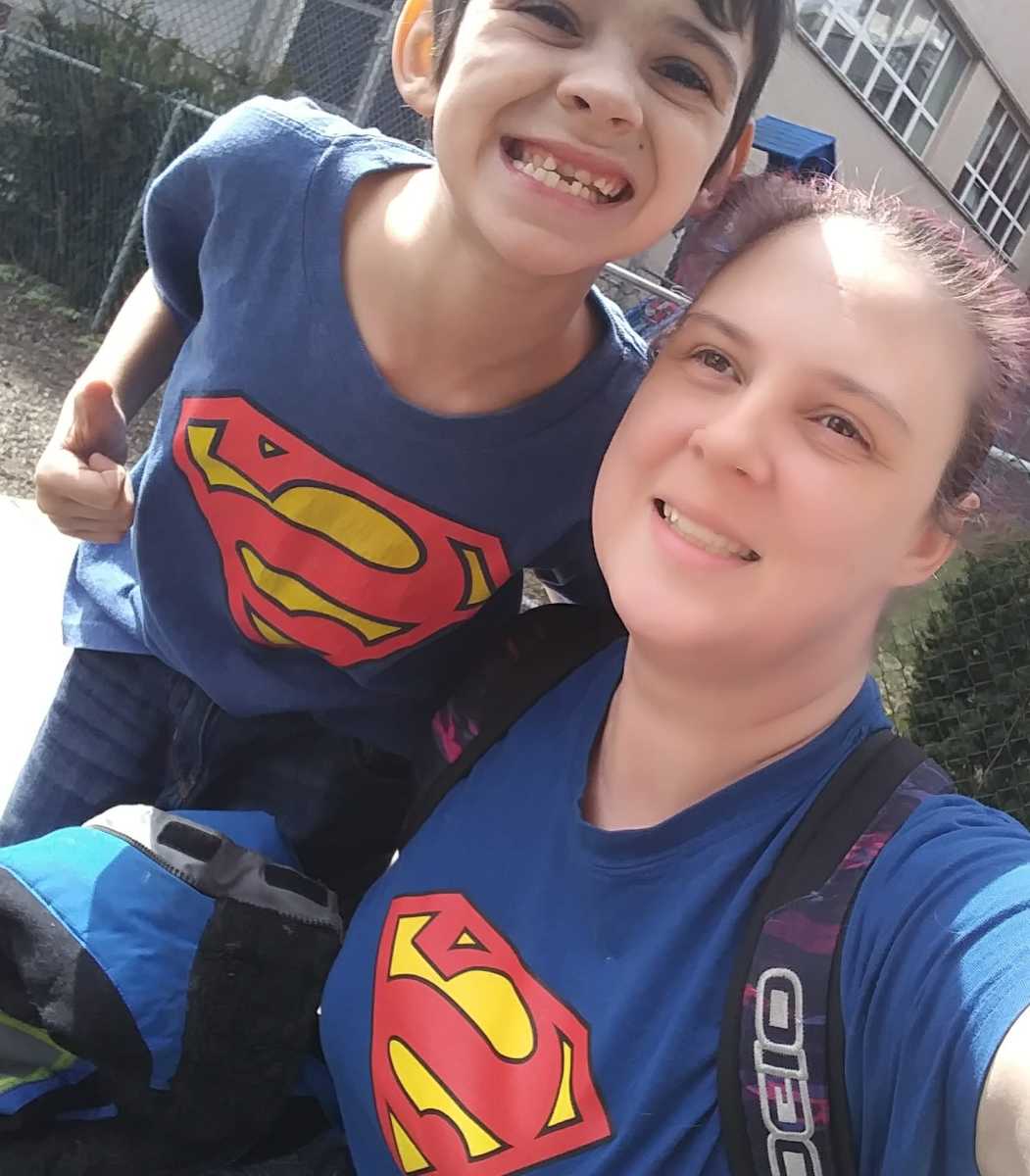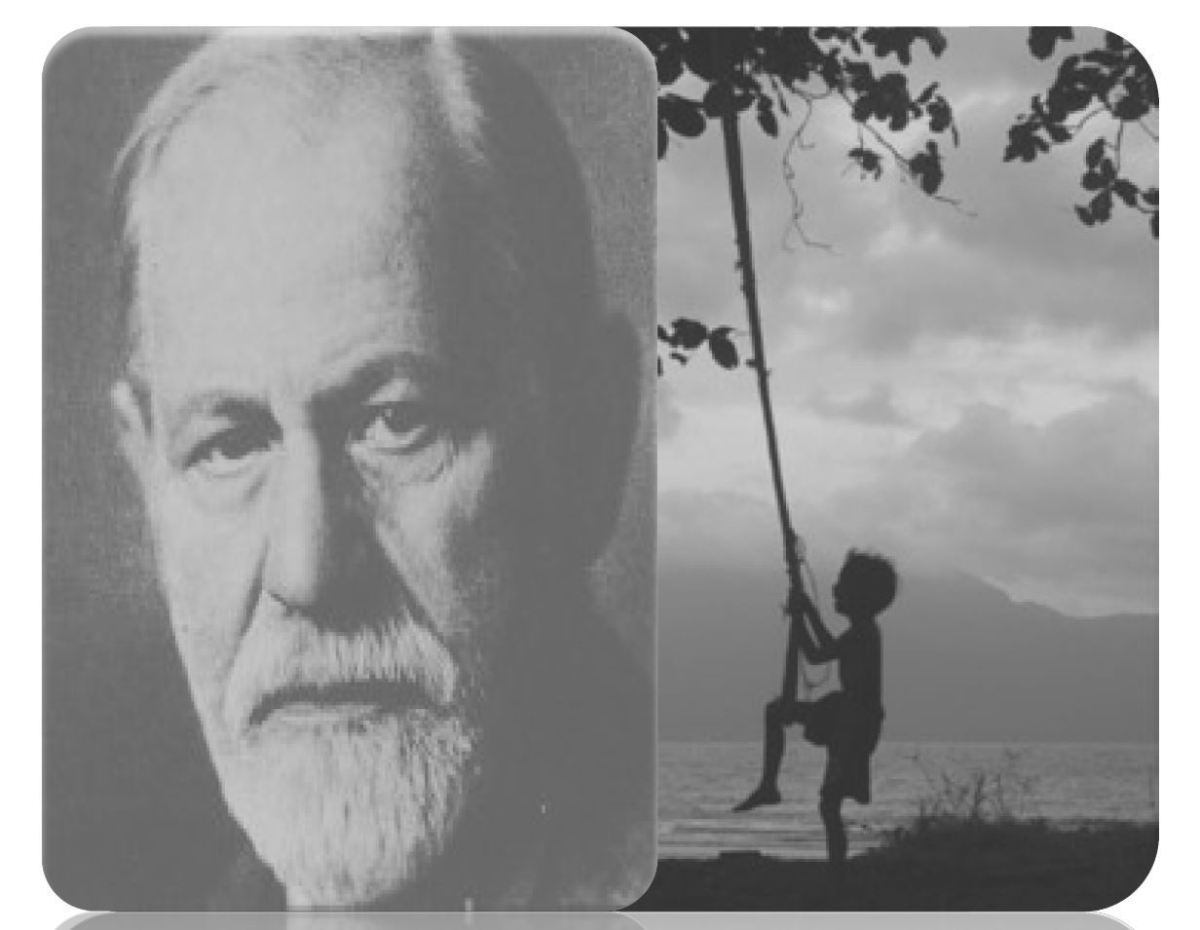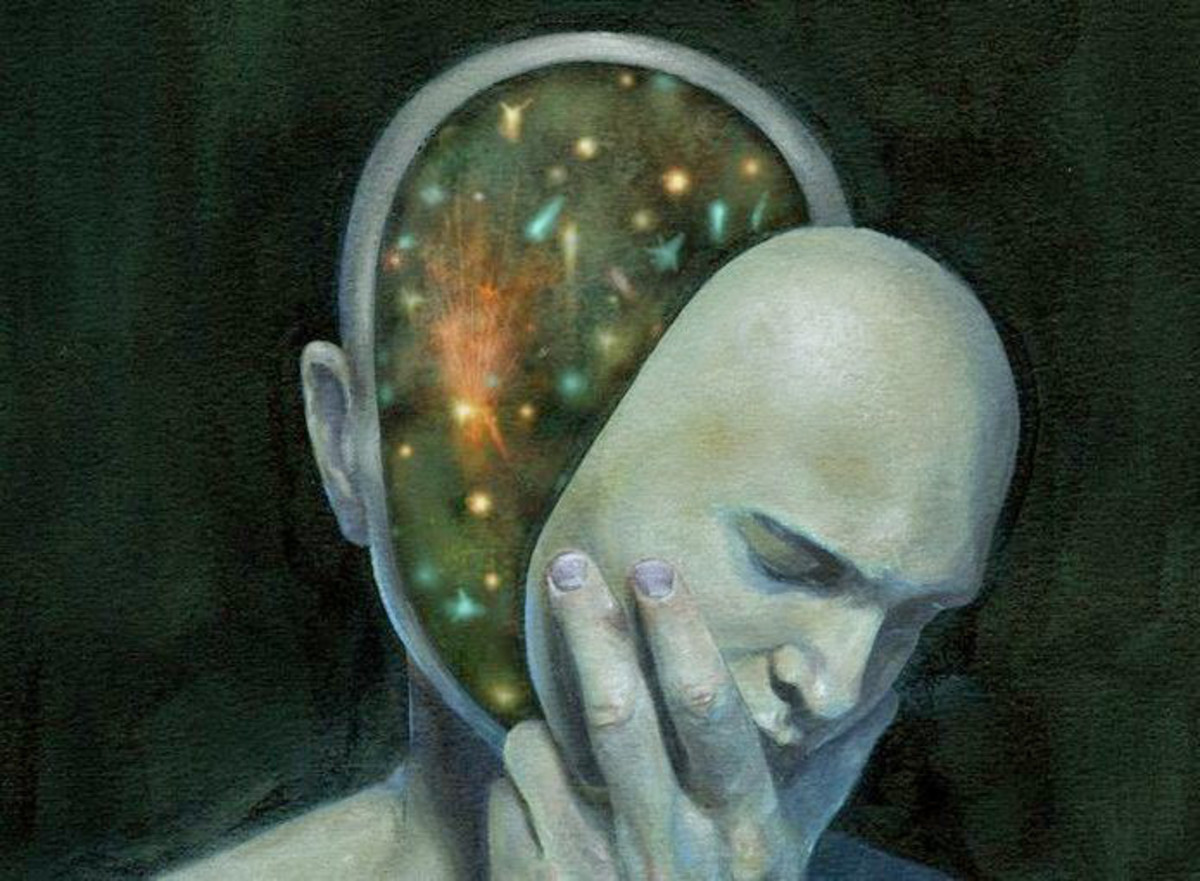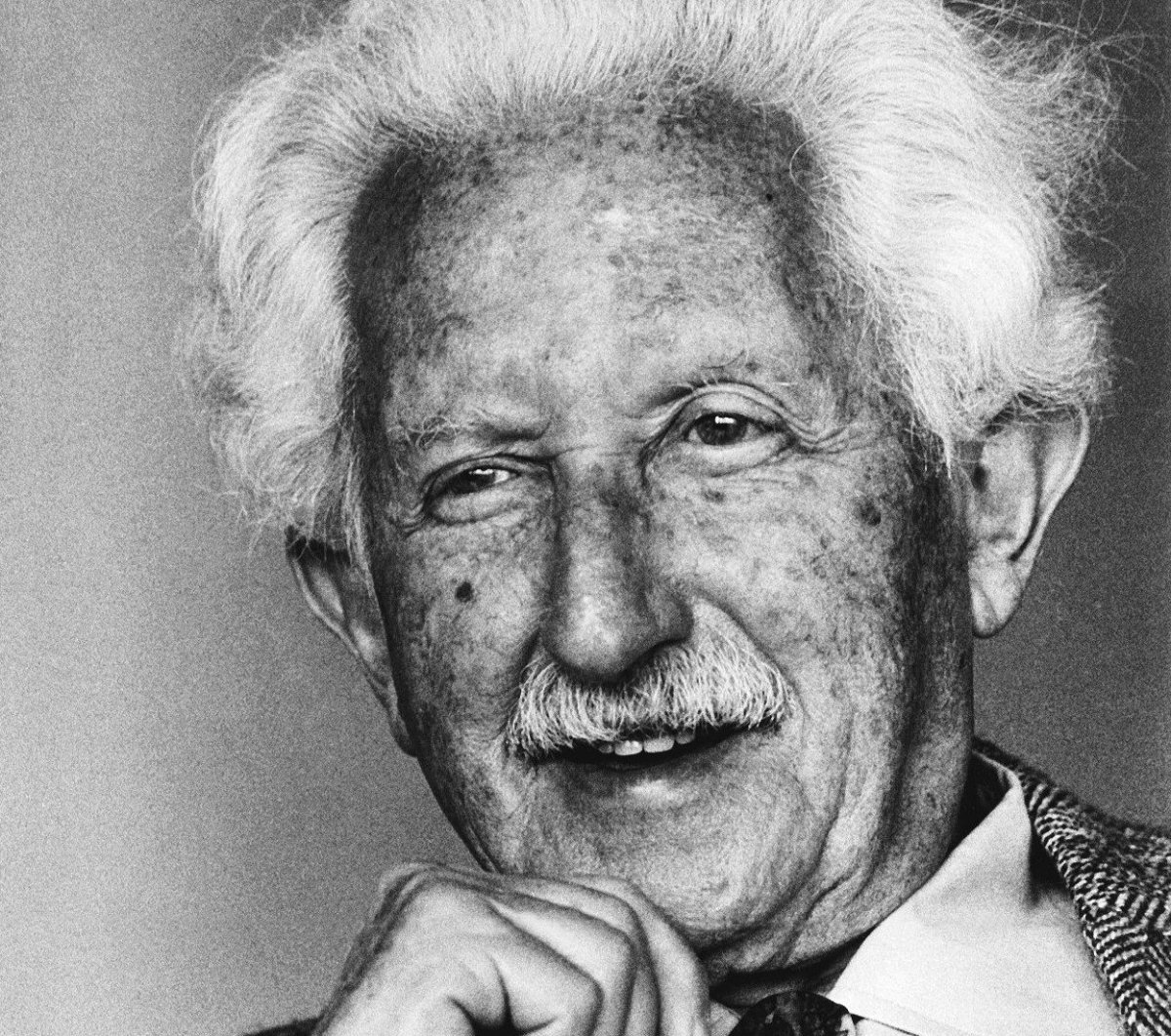Developmental Theories in Psychology
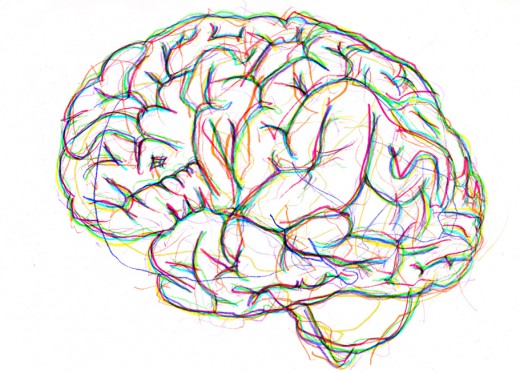
There are three major types of developmental theories:
~Cognitive Theories
~Psychoanalytic Theories
~Social Developmental Theories
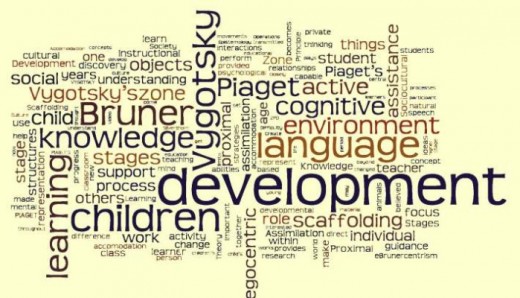
Cognitive Theories:
Cognitive Theories: focus on the development of mental processes, skills, and abilities in children.
Theory of Moral Development- Lawrence Kohlberg (Cognitive)
The Theory of Moral Development- Lawrence Kohlberg
Lawrence Kohlberg (1958) developed a theory that focused on moral development. His theory agrees with Piaget’s theory of moral development in principle but he was interested in taking it further. Similar to Piaget, he used storytelling to tell people stories that had moral dilemmas. He then would present a choice. One of his best known stories is about a man named Heinz whose wife was dying from cancer. In the story the doctors that the wife was seeing said that there was a new drug available that could possibly save her from dying. Heinz tried to buy some of the drug from the local chemist but the chemist was charging way too much for the drug and he could not afford it. Heinz raised half of the money needed to buy the drug with the help of family and friends, he then explained to the chemist that his wife was dying and asked if he could give him what he had at the time and pay the rest later. The chemist did not like this idea and said that he made the drug and he was going to make money from it. Heinz became desperate to save his dying wife, so he broke in and stole the drug from the chemist.
After reading the story Kohlberg asks a series of questions based on the story he previously told. For the story above he asked questions like:
~Should Heinz have stolen the drug?
~Would it be different if Heinz did not love his wife?
~What if the person who was dying was a stranger, would that have made any difference?
~Should the police arrest the chemist for murder if the woman dies?
Kohlberg hoped to find out the ways that moral reasoning changes as people grow older. This specific sample was made up of seventy-two boy’s ages ranging from ten to sixteen. Fifty-eight of the boys were followed up at three-yearly intervals for twenty years. Each boy had a two hour interview based on the ten dilemmas. Kohlberg wanted to know the specific reasons why the boys either thought the action was right or wrong. He found that the reasons each boy gave tended to change as they grew older.
Kohlberg believed there are three levels of moral reasoning, and that people can only go through these levels in the order list. He believed that each new level replaces the old reasoning level, but that not everyone reaches all of the levels.
-
Level One: Pre-conventional morality- In this level we don’t have personal morals, instead, our moral code is shaped off of the adults around us and the consequences of them following or breaking the rules. This level consists mainly of children under nine years old, but has a few over nine.
Stage One: Obedience and Punishment Orientation- The child/individual behaves well to not be punished. If someone is punished, then they must have done wrong.
Stage Two: Individualism and Exchange- This stage is where the child/individual realizes that there is not just one view of right and wrong. Different individuals have different views.
-
Level Two: Conventional Morality- At this level most adolescents and adults begin to internalize the moral standards of the adults we have looked up to. We internalize but do not question the authority and reason based on the ‘norms’ of the group we are a part of.
Stage Three: Good Interpersonal Relationship- The child/individual behaves well in order to be perceived as a good person by others. In this stage answers relate to the need for approval of others.
Stage Four: Maintaining the Social Order- The child individual is aware of the wider rules of society, so their judgments are related to obeying the rules to uphold the law and to avoid having guilt.
-
Level Three: Post-conventional morality- Individual judgment is based off of self-chosen principles, and moral reasoning is based off of individual feelings, rights, and justice. Kohlberg believed this level of moral reasoning is as far as most people get and that only 10-15% of people are capable of the thinking necessary for stages five and six.
Stage Five: Social Contract and Individual Rights- The child/individual is aware that rules/laws may exist for the good of the majority of people, but there are also rules/laws that are made to go against the interest of particular people.
Stage Six: Universal Principles- People who get to this stage have developed their own personal set of moral guidelines that may or may not go with the law. These people will act to defend their principles even if they have to go against everyone else, or may be punished by disapproval and/or imprisonment.
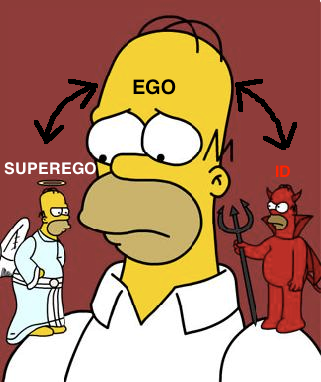
Psychoanalytic Theories:
Psychoanalytic Theories: are generally influenced by Sigmund Freud, who believed in the importance of the unconscious mind and childhood experiences. Freud’s contribution to the developmental theories was his proposal that development occurs in a series of psychosexual stages.
Erikson's Theory
Theory of Psychosocial Development- Erik Erkison (Psychoanalytic)
Erikson’s Theory of Psychosocial Development- Erik Erikson
Erik Erikson was a German psychoanalyst whose work was heavily influenced by Sigmund Freud. Erikson’s studies focused on three aspects of identity; the ego (self), personal identity (the personal aspects that distinguish humans from eachother), and social/cultural identity (the social roles a person might play and how they affect people). His psychosocial theory of development considers the impact of external factors (like parents, and society’s impact on personality development from childhood to adulthood). Erikson theory states that there are eight stages that every person must pass through in their lifetime.
-
Infancy: Birth- 18 months old- Trust vs. Mistrust: During the first to second year of life there is a major emphasis on the mother and fathers nurturing, and their ability to care for a child (this includes visual and physical contact). This stage is where a child will develop trust, confidence, optimism, and security if the child is properly cared for. If the child is not properly cared for the child could develop insecurity, general mistrust for the world, and worthlessness.
-
Toddler/Early Childhood- 18 months to 3 years old- Autonomy vs. Shame (Will): At this stage the child has already had the chance to begin building self-esteem and autonomy while he/she learns new skills and what is right from what is wrong. A well cared for child will be sure of him/herself, and carry him/herself with pride instead of shame. This is also the stage where the “terrible two’s” can show; temper tantrums, stubbornness, and defiance. Children are vulnerable during this stage and can feel shame/low self-esteem from the inability to learn certain skills.
-
Preschooler: 3 to 5 years old- Guilt vs. Initiative (Purpose): This stage is the time where we experience a desire to copy/mimic the behavior and actions of the adults around us. This can be shown when creating play situations such as “playing house” or creating stories with Barbie’s, toy phones, and play cars. This is when we are experimenting with what we believe it is to be an adult. “Why” becomes a common word because we are attempting to ‘figure out’ the world. This stage is known for the “oedipal struggle” and we resolve this struggle through social role identification. If a child becomes over frustrated about their natural desires and goals they may easily experience guilt. At this time the most important relationship is the one with the child’s basic family.
-
School Aged Child: 6 to 12 years old- Industry vs. Inferiority (Competence): This stage is often called the latency, and is when we are capable of learning, accomplishing new skills/knowledge, and creating/developing a sense of industry. This is also a big stage of social development where if we experience unresolved feelings of inadequacy and inferiority among our peers; there can be serious competence/self-esteem issues. Our worlds are expanding a little bit and our most significant relationship becomes with school and our community/neighborhood. Parents are still important but are no longer the only sense of authority.
-
Adolescent: 12 to 18 years old- Identity vs. Role Confusion (Fidelity): Up until this stage most of a human’s development comes from what is done to said person, now development is based primarily off what a person does. We may struggle with discovering/finding our own identity, while also negotiating/struggling with social interactions, “fitting in”, and developing morality/ right from wrong. Adolescents start developing affiliation and devotion to ideals, friends, and causes. Some people may withdraw from responsibilities during this stage in attempt to delay adulthood. People who are unsuccessful with this stage tend to have role confusion and upheaval.
-
Young Adult: 18 to 35 years old- Intimacy and Solidarity vs. Isolation (Love): In this stage young adults tend to seek companionship and love. Some people begin to “settle down” and start families. Young adults seek deep intimacy and satisfying relationships, but when this is unsuccessful the person could begin to experience isolation. Significant relationships at this stage are with friends and possible marital partners.
-
Middle-aged Adult: 35 to 55 or 65 years old- Generativity vs. Self-Absorption/Stagnation (Care): At this stage career and work life, along with family become the most important things. This time (middle adulthood) is often when people can begin to take on greater control and responsibilities. This stage works to establish stability and Erikson’s idea of generativity (attempting to come up with something that makes a difference to society). Meaninglessness and inactivity are common fears during this stage. This time can also contain major life-shifts such as children leaving for college or career changes. Some people may struggle trying to find purpose in life. The most significant relationships during this period are family, workplace, church, and other communities.
-
Late Adult: 55 or 65 to Death- Integrity vs. Despair (Wisdom): Erikson believed that most of a person’s life time is spent preparing for the middle adulthood stage. He believed this last stage is mainly used for reflection on one’s life. Some older adults may be able to look back with a feeling of integrity, contentment, and fulfillment. This means they feel they have had a meaningful life and have been a contribution to society. Some older adults may begin to experience a feeling of despair when reflecting back on their experiences and failures. They may fear death while still trying to find a purpose for themselves.
Social Development Theories:
Social Development Theories: focus on the roles; parents, caregivers, peers, social influences and what effect they have on development.
Attachment Theory- John Bowlby (Social)
Attachment Theory- John Bowlby
John Bowlby devoted his research to the concept of attachment. The roots of his research began with Freud’s theories of love, but Bowlby is known as the “father” of the attachment theory. Bowlby’s theory agrees with the psychoanalytic view in the importance of early childhood experiences and their influence on development and behavior later in life. Attachment is described as a special emotional relationship that involves an exchange for care, comfort, and pleasure. Bowlby describes attachment as a “lasting psychological connectedness between two human beings.” Early attachment is established in our childhood through infant/caregiver relationships. Bowlby also believed that attachment is an evolutionary component that aids in survival. “The propensity to make strong emotional bonds to particular individuals is a basic component of human nature.”
Bowlby believed that there are four characteristics of attachment:
-
Proximity Maintenance: This is the desire to be near or close to the people we are attached to.
-
Safe Haven: When we are faced with fear returning to the attachment figure for comfort and a feeling of safety.
-
Secure Base: The attachment figure acts as a base of security that a child can reach out from to explore the surrounding environment.
-
Separation Distress: This is the anxiety that can occur in the absence of the attachment figure.
Bowlby also made three key propositions about the attachment theory:
-
Bowlby suggested that when children are raised with the insurance that their primary caregiver will be available to them, that they are less likely to experience fear in comparison to those who were raised without these insurances.
-
He believed that confidence is created during the critical period of development (years of infancy, childhood, and adolescence). He believed that the expectations formed during these periods tend to remain relatively unchanged during the rest of a human’s life.
-
Bowlby suggested that the expectations that are formed are tied directly to the experience that caused them. Children develop expectations that the caregiver will be responsive to their needs, because in their past experiences the caregivers were responsive.
Resources:
Sources:
Kohlberg - Moral Development | Simply Psychology. (n.d.). Retrieved October 21, 2016, from http://www.simplypsychology.org/kohlberg.html
Erikson’s Stages of Development. (n.d.). Retrieved October 21, 2016, from https://www.learning-theories.com/eriksons-stages-of-development.html
Theories of human development - SlideShare. (n.d.). Retrieved October 21, 2016, from http://www.slideshare.net/peningry/theories-of-human-development
Attachment Theory - Styles and Characteristics - Verywell. (n.d.). Retrieved October 21, 2016, from https://www.verywell.com/attachment-styles-2795344
Human Growth & Development : Developmental Psychology. (n.d.). Retrieved October 21, 2016, from http://www.slideshare.net/lehnent/human-growth-development-developmental-psychology
© 2016 Cal Reid



